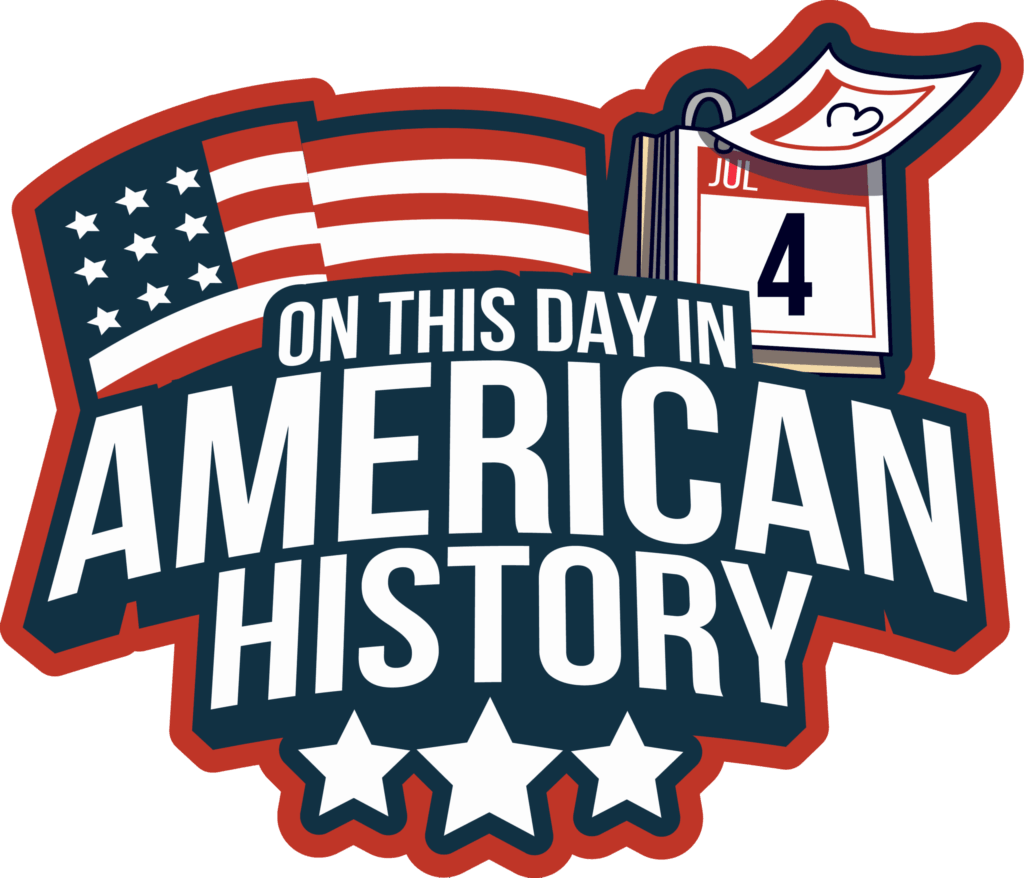
It was during the solar eclipse of January 1, 1889 when Paiute leader Wovoka fell into a coma and received the prophetic visions that became the inspiration for the Ghost Dance.
Image via Wikimedia Commons, public domain

The first ever Rose Bowl or “Tournament East–West football game” was played on January 1, 1902 in Pasadena, California. Admission was between fifty cents to a dollar. For one dollar more you could park your horse and buggy just beyond the playing field to view the game with your family. Michigan defeated Stanford by a score of 49-0.
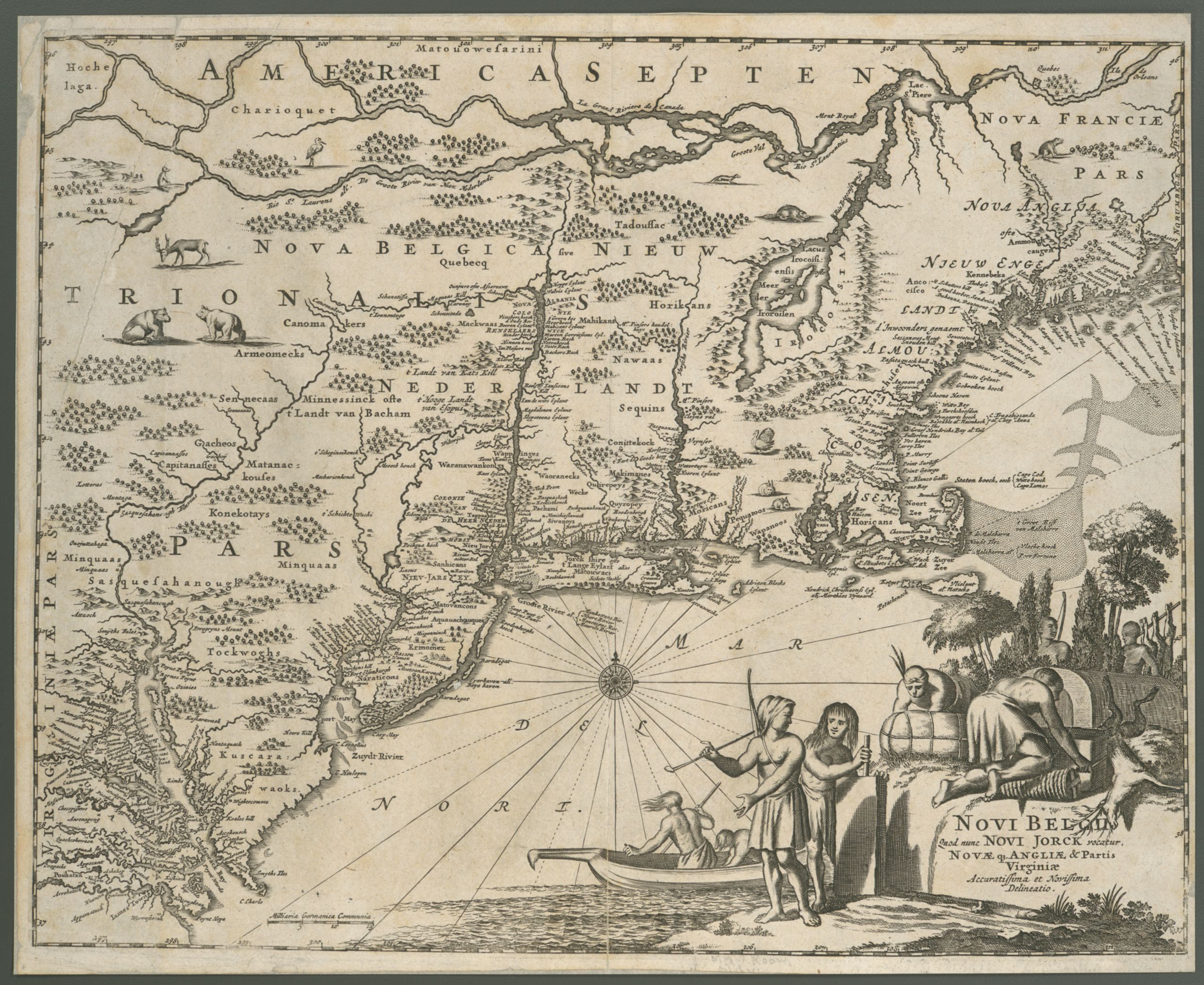
In 1673 a regular mail service between New York and Boston began. 240 years later, the United States Post Office began parcel post service on January 1, 1913.
Image of a map of Novi Belgii (quod nunc Novi Jorck vocatur, Novae q[ue] Angliae & partis Virginiae) from 1673 via NYPL Digital Collections, no known restrictions
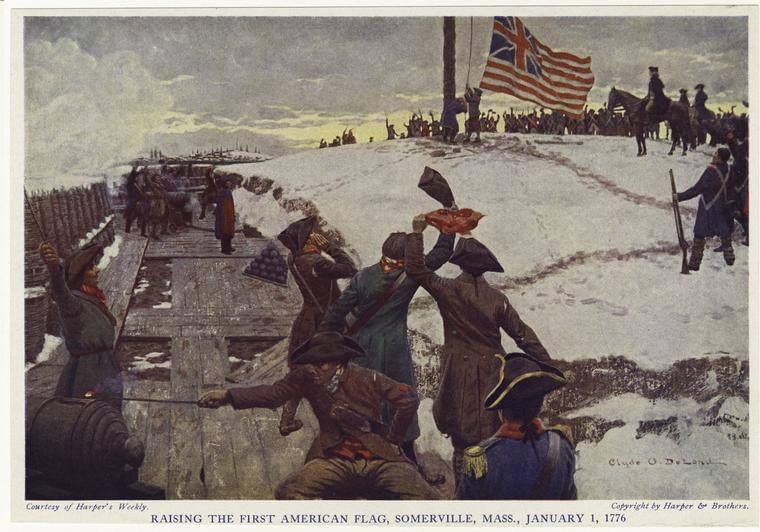
It’s generally accepted that George Washington and his Continental Army raised the Grand Union Flag at Somerville, Massachusetts at the beginning of January 1776.
Image via NYPL Digital Collections, no known restrictions
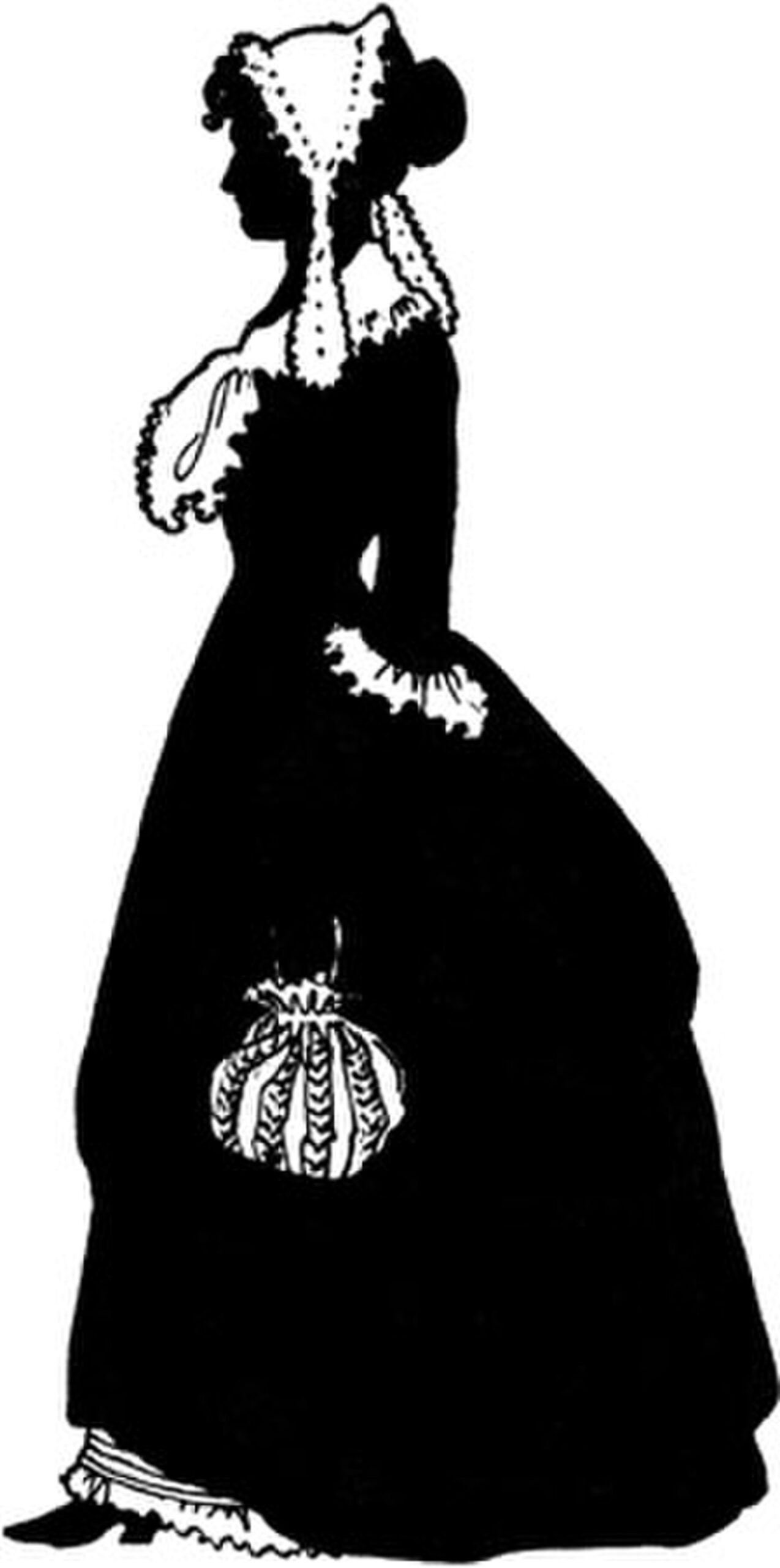
On January 1, 1772, Thomas Jefferson married Martha Wayles Skelton at her father’s plantation known as “The Forest” in Virginia.Martha, a widow, would only live another 10 years until the age of 33.
Silhouette via Wikimedia Commons, public domain

The first federal immigration station on Ellis Island opened on January 1, 1892.
Image: Immigrants waiting to leave Ellis Island after being processed in the early 1900s Via Wikimedia Commons, no known restrictions

A hand-colored portrait by an unknown American artist of two girls, Midora (17 years old) and Mamie (10 years old) that was taken on January 1, 1861.
Image via The J. Paul Getty Museum, no known restrictions
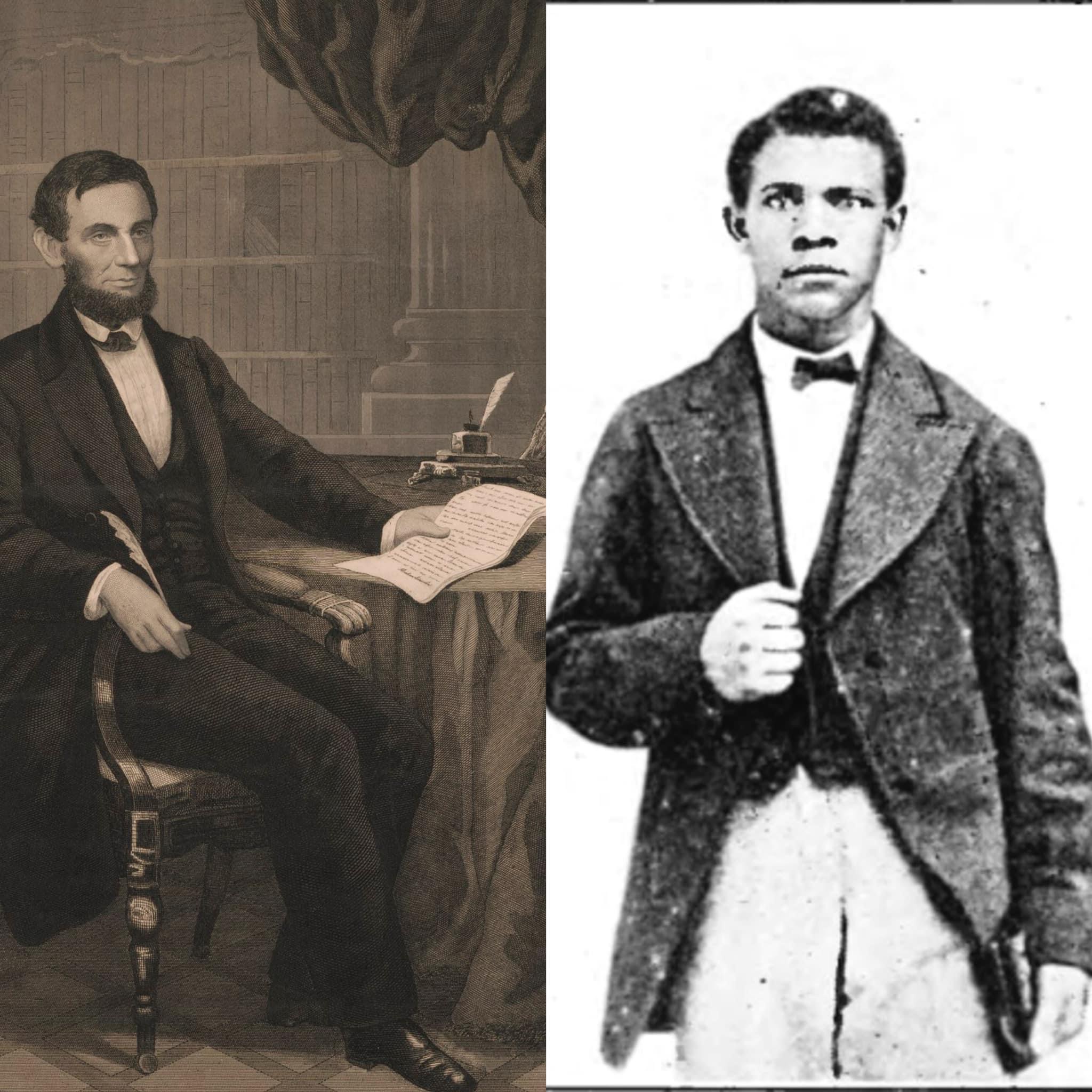
Abraham Lincoln’s Emancipation Proclamation went into effect on January 1, 1863. Booker T.Washington recalled “My mother leaned over and kissed her children while tears of joy ran down her cheeks this was the day for which she had been praying, but fearing she would never live to see.”
Images via Wikimedia Commons, public domain
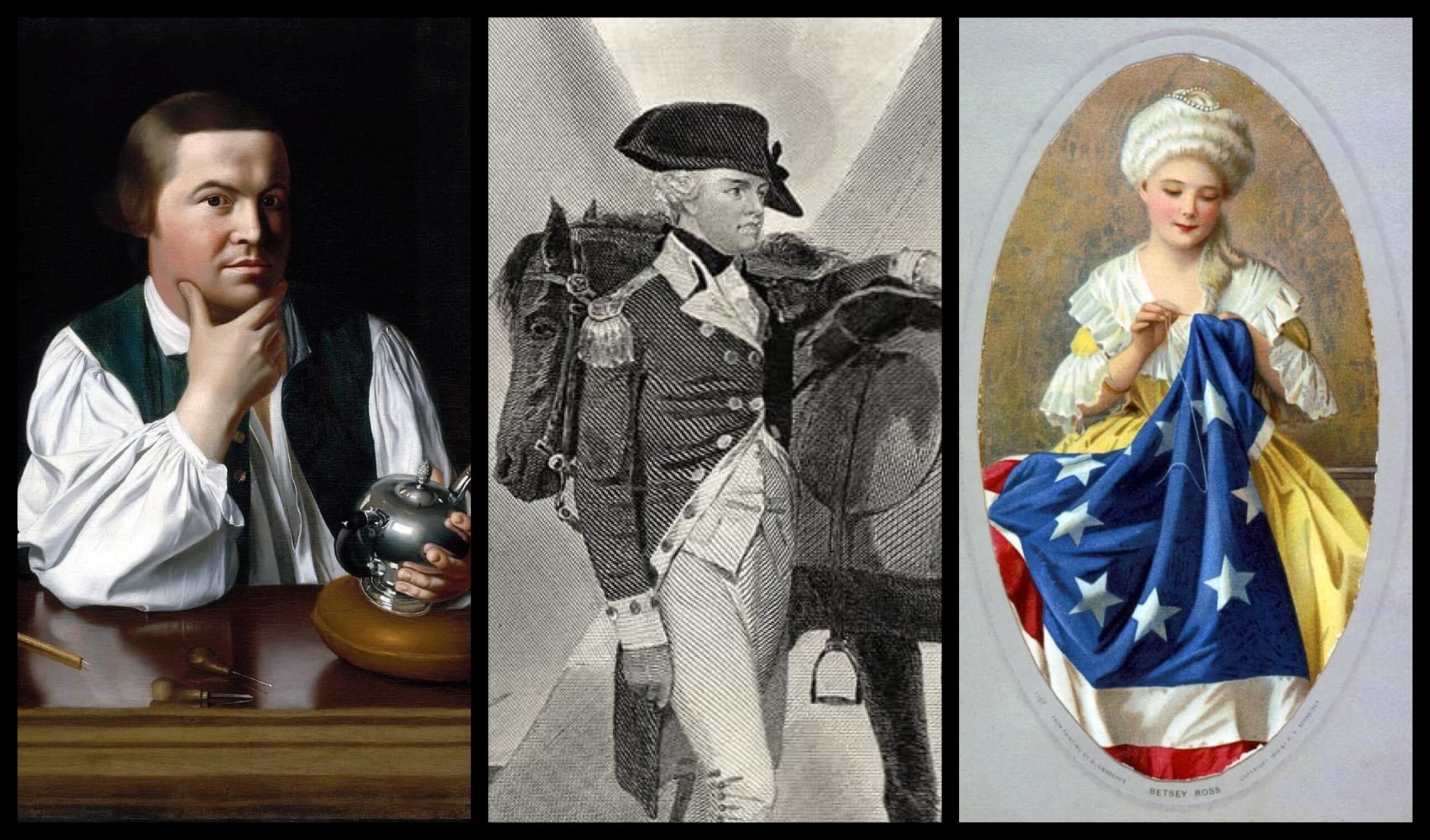
Did you know that Paul Revere, “Mad Anthony” Wayne and Betsy Ross were born on New Year’s Day?Paul Revere – January 1, 1735“Mad Anthony” Wayne – January 1, 1745Betsy Ross – January 1, 1752

On January 1, 1824, twenty-year-old Sarah Childress married James K. Polk at her parents home near Murfreesboro, Tennessee.
Image from the 1840s via Wikimedia Commons, public domain
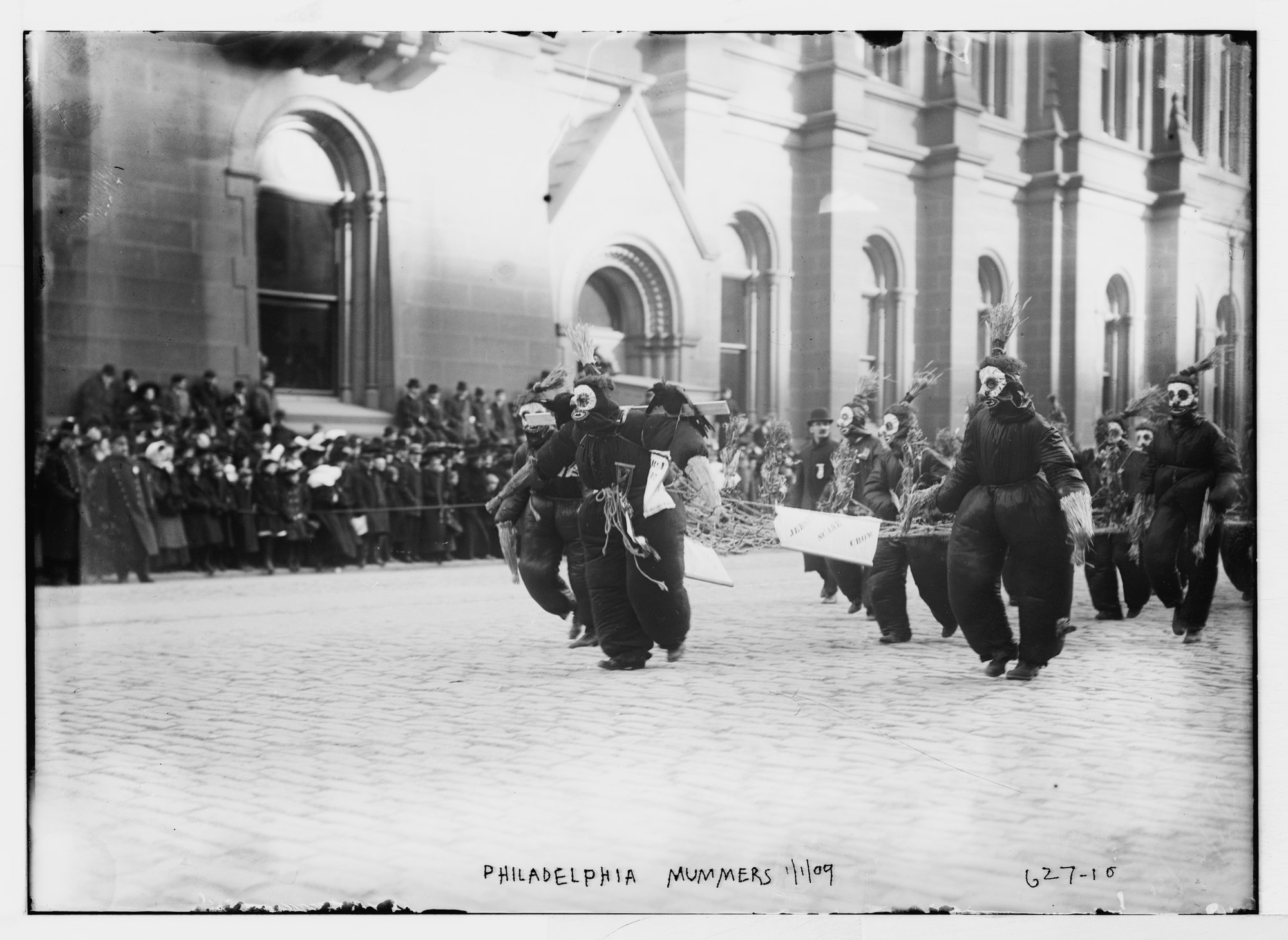
The first official Mummer’s parade in Philadelphia took place on January 1, 1901.
Image from the Mummer’s parade on New Year’s Day in 1909 via LOC, no known restrictions.
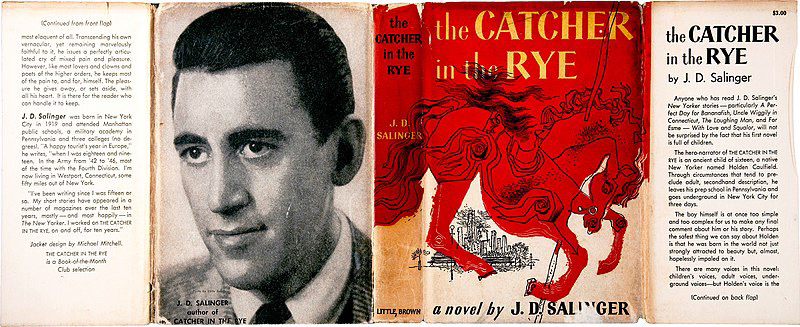
Born January 1, 1919 author J.D. Salinger’s father urged him to seek a career as a meat importer. Supposedly, Salinger’s visits to packing plants made him a lifelong vegetarian. The meat industry’s loss was literature’s gain as Salinger went on to write “The Catcher in the Rye” and other distinguished works.
Image via Wikimedia Commons, no known copyright, public domain in the US.

Born on January 1, 1891, Charles Bickford wanted to pursue a career in engineering at MIT in his hometown of Cambridge, Massachusetts. Rather he traveled around the United States, acted in a burlesque show, served in the U.S. Navy and later with the U.S. Army during WWI before getting a role on Broadway. In the mid 1960s, Charles Bickford played the role of John Grainger on TV’s The Virginian.
Image via Wikimedia Commons, no known copyright, public domain in the US

A crowd gathers outside The White House for a New Year’s Day reception.January 1, 1925
Image via LOC, no known restrictions
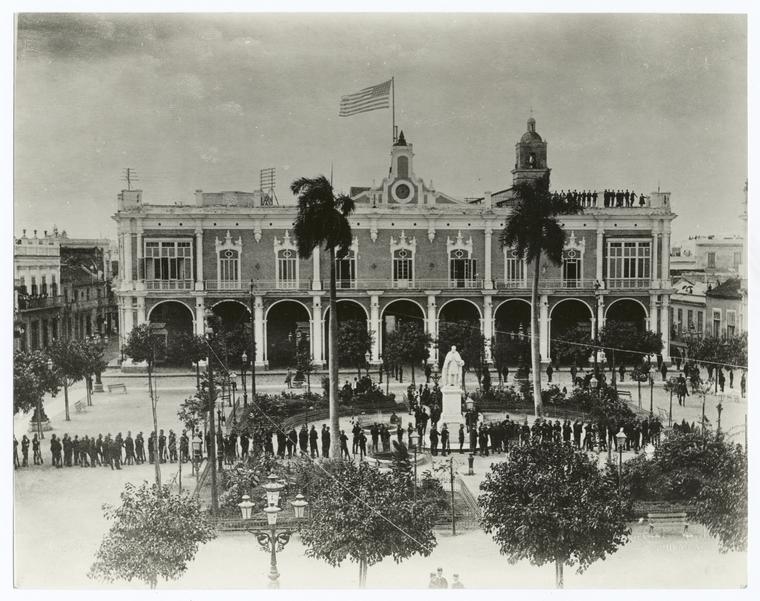
Hoisting the stars and stripes on the Palace of HavanaJanuary 1, 1899
via NYPL Digital Collections, no known restrictions
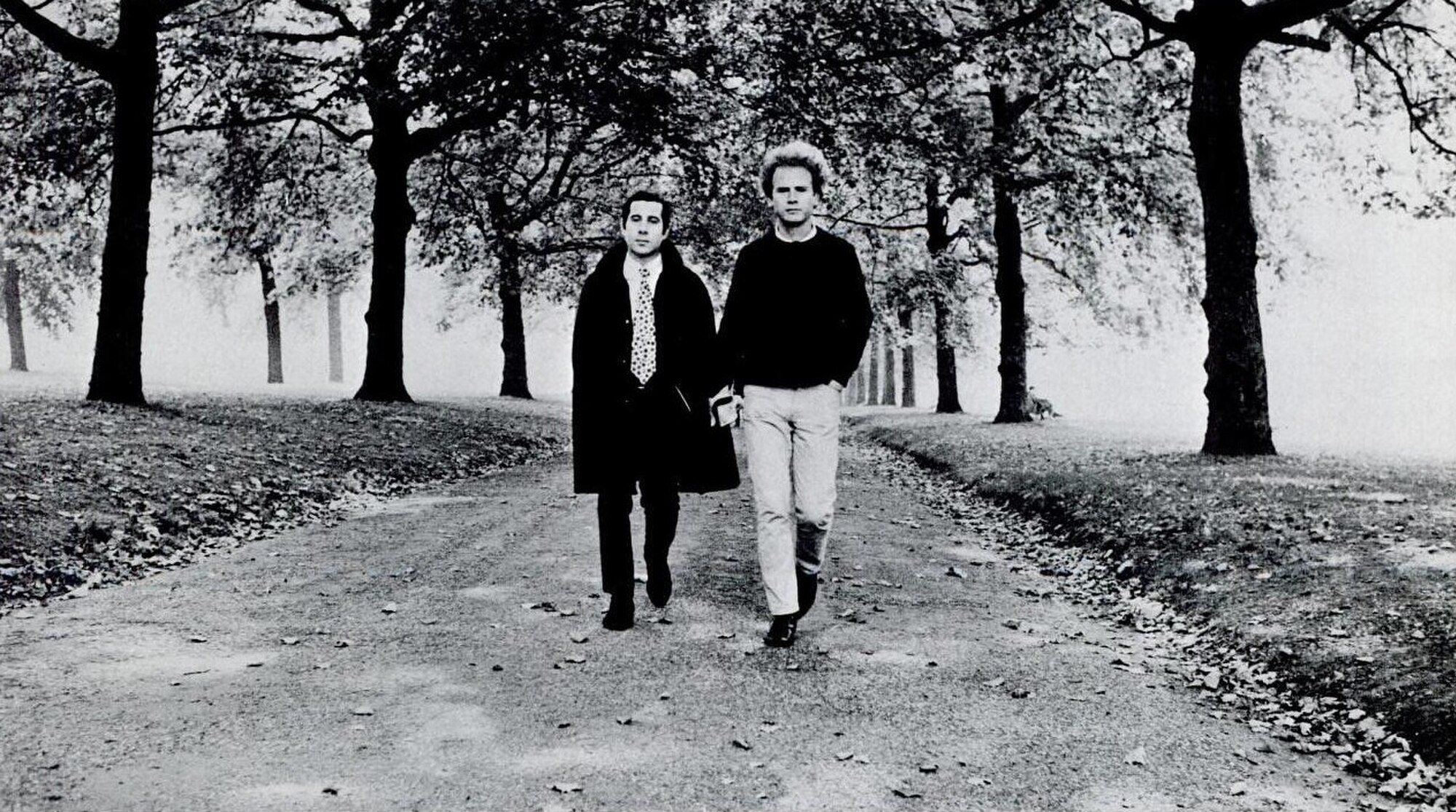
On January 1, 1966, “The Sound of Silence” by Simon and Garfunkel was the number one song in America. During that month the song alternated with “We Can Work It Out” by the Beatles for the #1 position.
Image of Simon and Garfunkel from 1966 via Wikimedia Commons, public domain
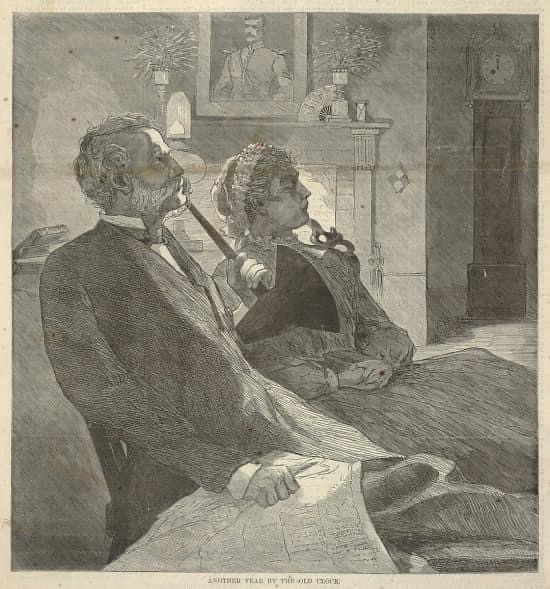
Another Year by the Old Clock, from Harper’s BazarPublished January 1, 1870
via Smithsonian American Art Museum, The Ray Austrian Collection, gift of Beatrice L. Austrian, Caryl A. Austrian and James A. Austrian, no known restrictions
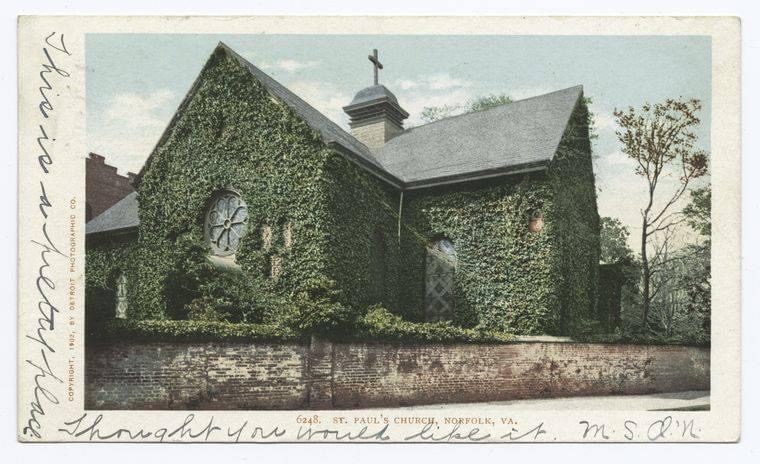
On today’s date January 1, 1776 Norfolk, Virginia was burned…”Five days after the battle of Great Bridge, the Virginians entered Norfolk, and Colonel Howe assumed command next morning. And on the first day of January, 1776, between three and four o’clock in the morning. Lord Dunmore ordered the town to be bombarded. A heavy cannonade was opened from the frigate Liverpool, two sloops of war, and the ship Dunmore. The British Commander sent some sailors ashore, under cover of the guns of the fleet, to fire the town. They applied the torch to the houses on the wharves, and as the wind blew from the water, the flames spread very rapidly. The conflagration raged for nearly three days, and nine-tenths of the town was destroyed. Norfolk was abandoned by Col. Howe, on the 6th day of February, 1776, and stationed his troops at Kemp’s, at the Great Bridge, and at Suffolk. The inhabitants of the ruined town mournfully marched away with the soldiers, and all who were able, armed themselves to fight the enemy that had so cruelly made them homeless.”From History of Norfolk, Virginia :a review of important events and incidents which occurred from 1736-1877 : also a record of personal reminiscences and political, commercial, and curious facts by Harrison W. Burtonhttps://archive.org/details/historyofnorf00burt“St. Paul’s Church and Museum, west side of Church Street, between Market and Cove Streets. From an historic standpoint, Old St. Paul’s Church holds more interest for the visitor than any other single point in Norfolk. It was built in 1739 on land donated by the town’s first mayor, Samuel Boush and it was the only building left standing when Lord Dunmore’s British fleet bombarded and burned the town on January 1st, 1776. One of the interesting features of the church is the cannon ball fired by Lord Dunmore’s troops. The ball, after striking the church, fell to the ground beneath, and was covered up there for many years, remaining buried until 1848. At that time the ball was replaced in the indenture which it had made in the church wall and cemented there, where it attracts much attention from tourists, thousands of whom visit the church each year. Beneath the ball is the inscription, “Fired by Lord Dunmore, January 1, 1776.” From Hampton Roads guide: with maps and illustrations of Tidewater Virginia’s many places of historic interest, seaside resorts, and points of pleasure to the visitorby Elsie A. Stegmanhttps://archive.org/stream/hamptonroadsguid00steg#page/22/mode/2up/search/Burning+of+NorfolkPhoto: The Miriam and Ira D. Wallach Division of Art, Prints and Photographs: Photography Collection, The New York Public Library. “St. Paul’s Church, Norfolk, Va.” New York Public Library Digital Collections.


